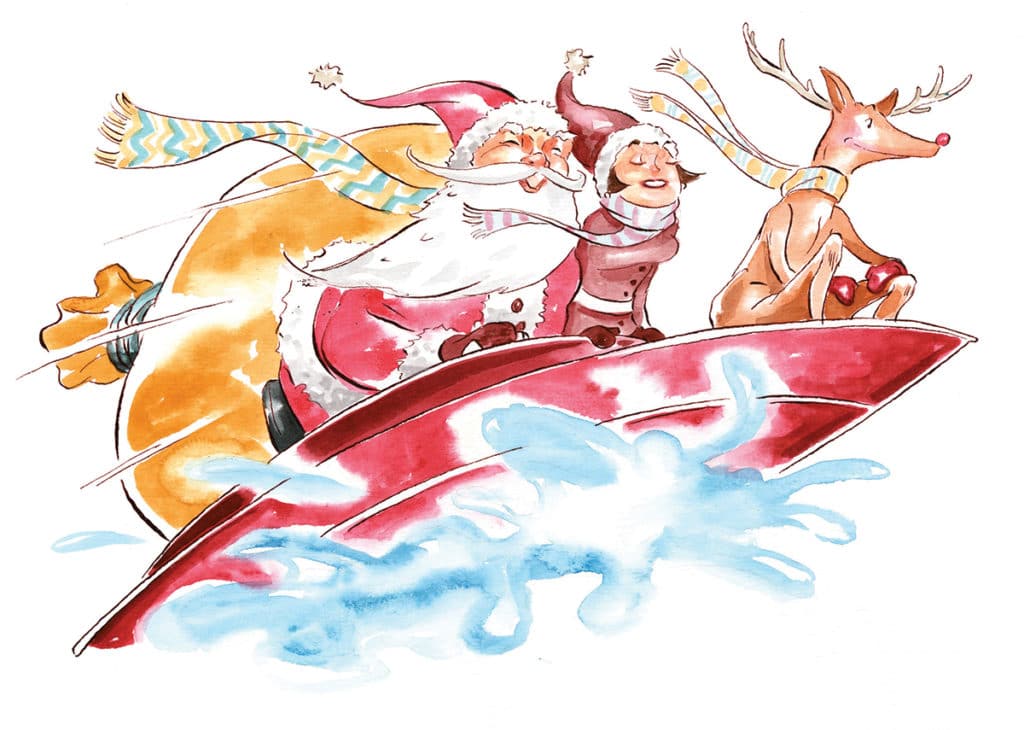
The weather may have cooled, but the passion to continue boating burns bright for many. Once fall sets in for good, the skies get bluer, the air gets crisper, and the crowds get thinner. Use these tips to maintain personal safety and convenience during the cold months.
Wooly Bully
The adage “Dress for the water, not the weather” applies. Odd balmy days will spur boaters to cruise. But cold water behooves us to wear fabrics such as wool that retain heat, even when wet. Also consider an insulated float coat, which will keep you warm and serve as a life jacket should you end up in the water.
Killer Tradition
The survival technique of floating in place while lowering one’s head into the water will cause you to lose body heat and die faster. If you end up in the water without a life jacket on, experts such as the Minnesota Sea Grant advise to tread water.
Captain Fantastic
Good skippers are ever mindful of crew comfort, and this is especially so in colder weather. A rejuvenating blast of spray that has everybody gleefully shrieking in July may cause a different reaction in October. Be wary of your speed and course, especially when running across the wind or in quartering seas.
Get Some Trim
During freezing temperatures, water below the surface stays warmer. For that reason, it’s a good idea for owners of outboards to leave the engine trimmed down at the dock if air temps are expected to get frigid. A trimmed-up engine holds water, which, if it freezes, can cause all kinds of damage.
Morning Don’t
Frost is often invisible, especially when it forms on white boats. Frost also renders even the most aggressive nonskid surface useless. Be careful when boarding your boat — and do likewise while disembarking — since spray can sometimes freeze on the decks as well.
Snow Job
Your boat may have a self-bailing cockpit, but, unfortunately, snow won’t flow out of the scuppers. Prepare to shovel out your water-stored boat if the white stuff falls. In fact, even if it rains go check the boat; an overnight freeze can block drains with frozen water, even if water elsewhere has returned to a liquid state.
Easy Does It
Hit that millimeters-thick skim ice at planing speed and you’ll almost certainly create deep scratches and gouges in your boat’s gelcoat. Approach ice slowly. Allow the boat to slide up on top until its weight breaks through, then proceed. Having crew members on the bow poke holes with a boathook is often just the ticket.
Snow Tow
Snowmobilers, hunters, and landscapers moving snowblowers to job sites are among the myriad people who pull loaded trailers on snowy, icy roads. It’s best to have a trailer with brakes, but safety can be reasonably assured by taking it slow enough to anticipate planned moves — and react to unplanned events.
That bit of advice is as good on the road as it is on the water. Stay safe.
Quick Tip: Winterize your head and buy a portable head for cold-weather boating.









